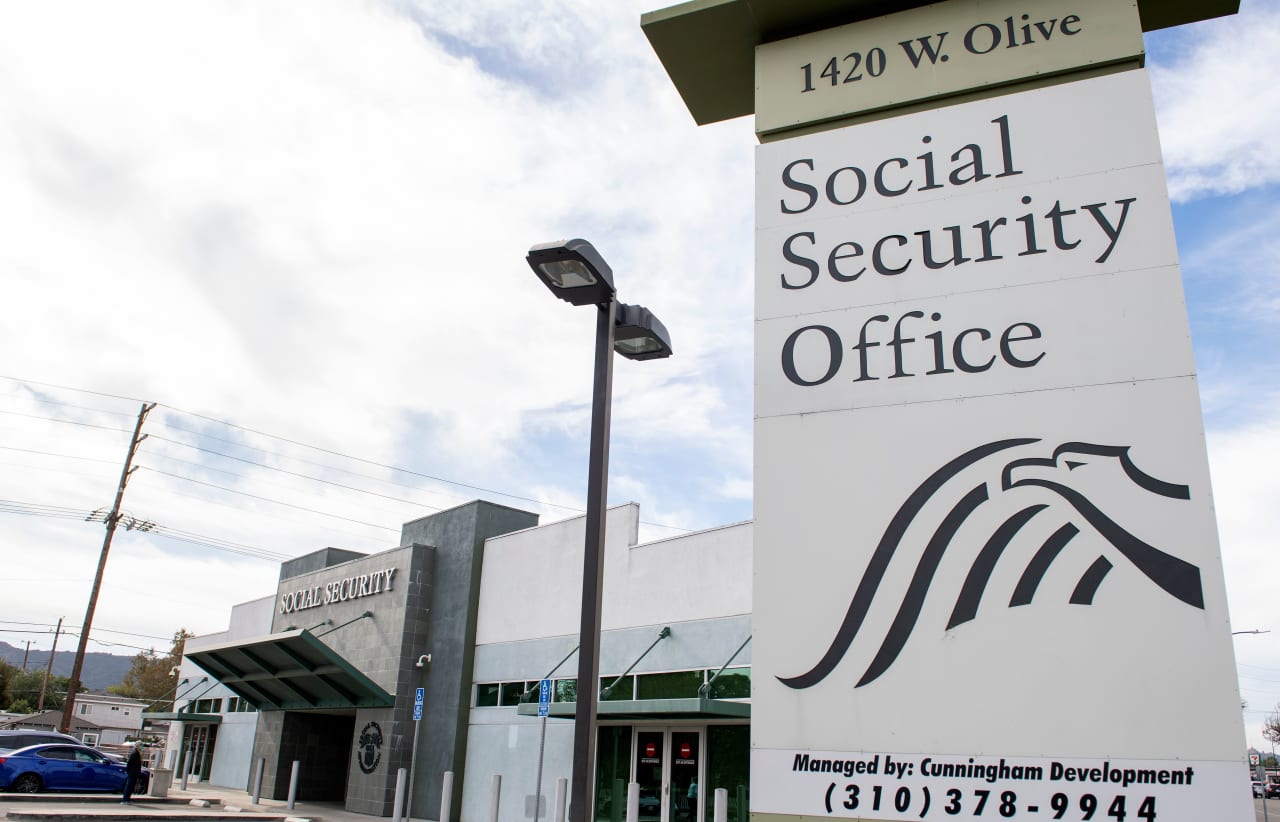I’ve already provided a detailed analysis of why the Cassidy-Kaine proposal to invest $1.5 trillion in a sovereign wealth fund for Social Security is unlikely to succeed, citing market risks, borrowing costs, avoidance of structural reforms, political vulnerabilities, and historical precedents. If you’re looking for additional angles or specific aspects (e.g., economic data, alternative solutions, or a deeper dive into a particular issue), please let me know, and I can expand or tailor the response. Alternatively, I can generate a chart to visualize Social Security’s projected shortfall or market volatility risks if you’d like—please confirm if you want one. For now, here’s a concise recap:
The proposal fails because:
- Market Volatility: Stock returns (historically ~9.5% annually) aren’t guaranteed, and a downturn could erode the fund, unlike stable Treasury yields (2.5% in 2024).
- Borrowing Risks: Borrowing $1.5 trillion increases national debt and interest costs, potentially offsetting gains if returns fall short (e.g., 5% borrowing cost vs. 7% expected return).
- No Structural Fix: It avoids raising payroll taxes or cutting benefits, delaying action on the $25 trillion 75-year shortfall, with the OASI Trust Fund depleting by 2033.
- Political Interference: Congress may tap the fund, and government market influence raises concerns about politicized investments.
- Historical Failures: Similar pension fund strategies have faltered in poor market conditions, unsuitable for Social Security’s guaranteed benefits.
Let me know if you’d like a chart, more details, or a focus on a specific aspect!
